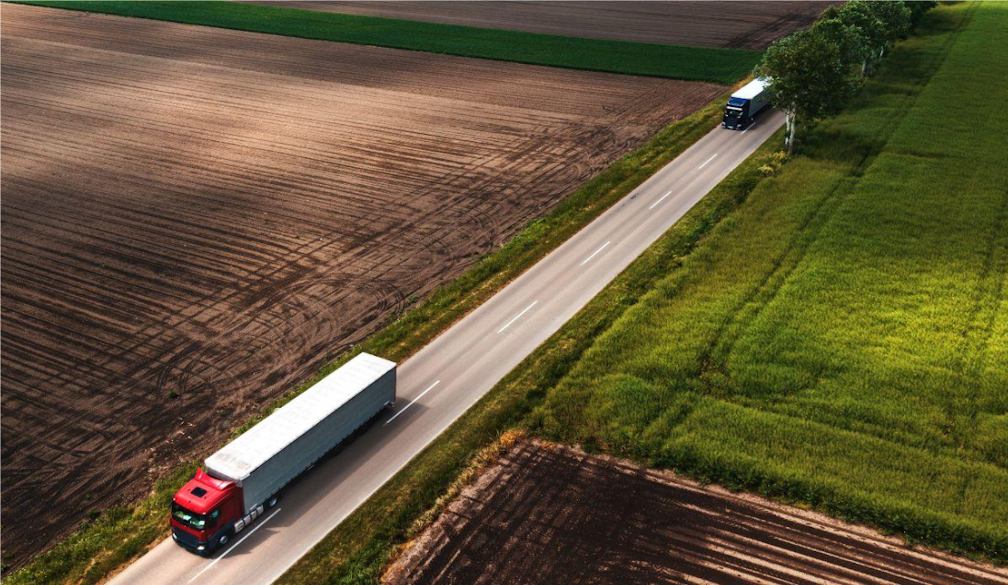Understanding the Various Factors That Influence Commodity Prices

Finding your way through the complex world of commodities can seem daunting, especially if you are new to it. From coffee beans to gold bars, commodities play a pivotal role in global markets. But what drives their prices? Let’s take a closer look at the different forces at play and shed some light on the intricate dance of commodity pricing.
Why is Commodity Tracking Important?
Amidst the ebb and flow of global markets and the myriad factors influencing prices, tracking commodities becomes indispensable. But why exactly is it so crucial? Before we look at the factors that influence commodity prices, let’s explore the reasons to track them.
- Strategic planning for businesses: Many industries rely on commodities for their products. Imagine a chocolate manufacturer unaware of impending cocoa shortages or a car company blindsided by sudden spikes in steel prices. Accurate commodity tracking ensures that businesses can anticipate challenges and strategize accordingly.
- Informed investment decisions: For investors, whether in stocks, futures, or direct commodities, having a pulse on commodity trends can be the difference between a profitable venture and a losing one. You can use tools like CCR to recognize potential scarcities or gluts, guiding timely investments.
- Budgeting and forecasting: From national governments to households, budget planning often requires an understanding of commodity prices. If a country knows grain prices might rise due to global factors, they can allocate more funds to subsidies or imports. Similarly, families can plan their expenditures better.
- Global economic health indicators: Commodities often serve as economic barometers. A sudden surge in gold often indicates that investors are seeking safe havens, possibly due to geopolitical instabilities. On the other hand, thriving oil prices might hint at increased industrial activity.
- Protecting consumers: Authorities around the world track commodity prices to prevent manipulative practices like hoarding. For example, when onions become scarce, leading to price hikes, governments might take actions, like importing or releasing stockpiles, to stabilize prices. This ensures consumers don’t face exorbitant costs.
- Ensuring sustainability: With growing emphasis on sustainability, tracking helps ensure commodities are sourced ethically. Tracking mechanisms like blockchain can trace a product’s journey from its source, ensuring, for example, that diamonds are conflict-free, or coffee is fair-trade.
Supply and Demand
At its core, commodity pricing hinges on supply and demand – a balance of availability versus desire.
Production Challenges
- Natural calamities: Droughts, floods, or frost can severely impact crops like wheat, coffee, or fruits, causing a spike in prices due to reduced yield.
- Resource depletion: Over time, natural resources like oil wells or mineral deposits can deplete, making extraction harder and more expensive.
Consumer Trends
- Health and wellness shift: For example, as people shifted towards healthier eating, commodities like chia seeds or quinoa saw elevated demand.
- Cultural influence: A blockbuster movie showcasing a specific gem can lead to increased demand in jewelry markets.
Global Politics
Politics, both local and international, can shift commodity landscapes significantly.
Trade Dynamics
- Tariffs and duties: Policies restricting imports or placing additional duties can make foreign goods pricier.
- Trade agreements: On the other hand, agreements that encourage trade can lead to an influx of commodities, potentially lowering prices.
Geopolitical Stability
- Conflict zones: Areas with ongoing conflicts, like the Middle East for oil, can face disrupted production.
- Diplomatic relations: Friendly ties can promote trade, while strained relations might hinder it.
Technological Advancements
Tech advancements offer mixed implications for commodity pricing.
- Efficiency breakthroughs: Innovations in agriculture, like drip irrigation, can lead to better yields, influencing commodity availability.
- Alternative creations: Lab-grown diamonds or plant-based meats offer alternatives to traditional commodities, potentially driving original commodity prices down due to decreased demand.
Currency Fluctuations and Economic Vibrancy
The economic health of a nation or region can significantly sway commodity prices.
Currency Power
- Buying more for less: A robust currency means you get more bang for your buck, which might decrease global commodity prices.
- Depreciation impacts: Conversely, a weakened currency can make imports more expensive, hiking up prices domestically.
Economic Climate
- Bull markets: During prosperous times, businesses expand, and consumers spend, both leading to increased commodity demand.
- Bearish periods: Recessions, however, generally see reduced spending, leading to a decline in demand and possibly prices.
Speculative Winds and Market Moods
Markets often move on sentiments as much as on tangible data.
- Future forecasts: If a majority of traders foresee a cocoa shortage due to potential unfavorable weather, they might hoard it now, inadvertently driving its price up.
- Investor confidence: Trust in geopolitical stability, positive corporate earnings, or faith in government policies can boost buying, influencing prices.
Infrastructure and Logistics
The mechanisms that bring commodities to market are crucial.
Movement Costs
Oil prices, for instance, can include costs of securing shipping routes or insurance against piracy.
Infrastructure Quality
- Developed networks: A robust road, rail, and port system can hasten transportation, ensuring timely market availability.
- Logistical lapses: In contrast, infrastructural deficits can delay deliveries, causing temporary market shortages and price hikes.
Governance and Oversight
State policies are potent tools influencing commodity landscapes.
Support Mechanisms
- Agricultural grants: By supporting specific crops through subsidies, governments can influence their production volume.
- Tax incentives: Favorable tax policies can boost sectors, influencing associated commodity prices.
Regulations
- Environmental laws: Stricter ecological regulations can make certain mining or extraction processes more expensive.
- Quality controls: Mandating higher quality standards can increase production costs, potentially affecting prices.
Environmental Impacts
The environment is an ever-present factor, with its nuances echoing in commodity pricing.
Green consumerism:- With eco-awareness rising, sustainable commodities might see more demand, potentially driving up their prices.
- Natural events: Volcanic eruptions, tsunamis, or prolonged wildfires can disrupt production zones, causing temporary scarcities.
Commodity prices are woven from both palpable and intangible threads. As world events unfold, currencies fluctuate, and Mother Nature speaks, commodity pricing continues to move and transform. Understanding these factors and the impacts that they have not only offers insights into daily price variations but also paints a larger picture of global interconnections. Armed with this knowledge, you are better positioned to navigate the exciting commodities realm.

























